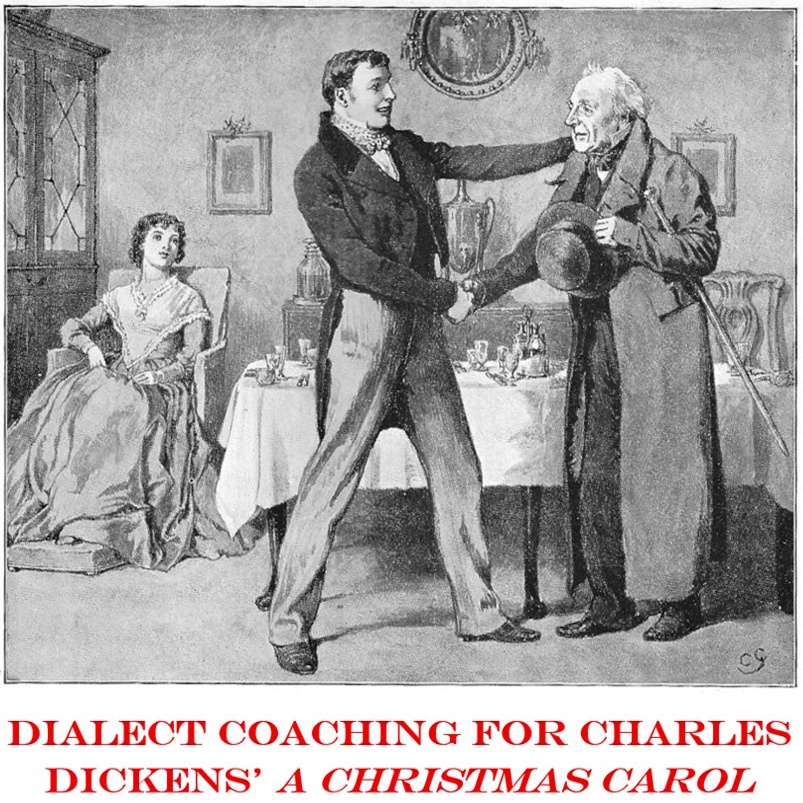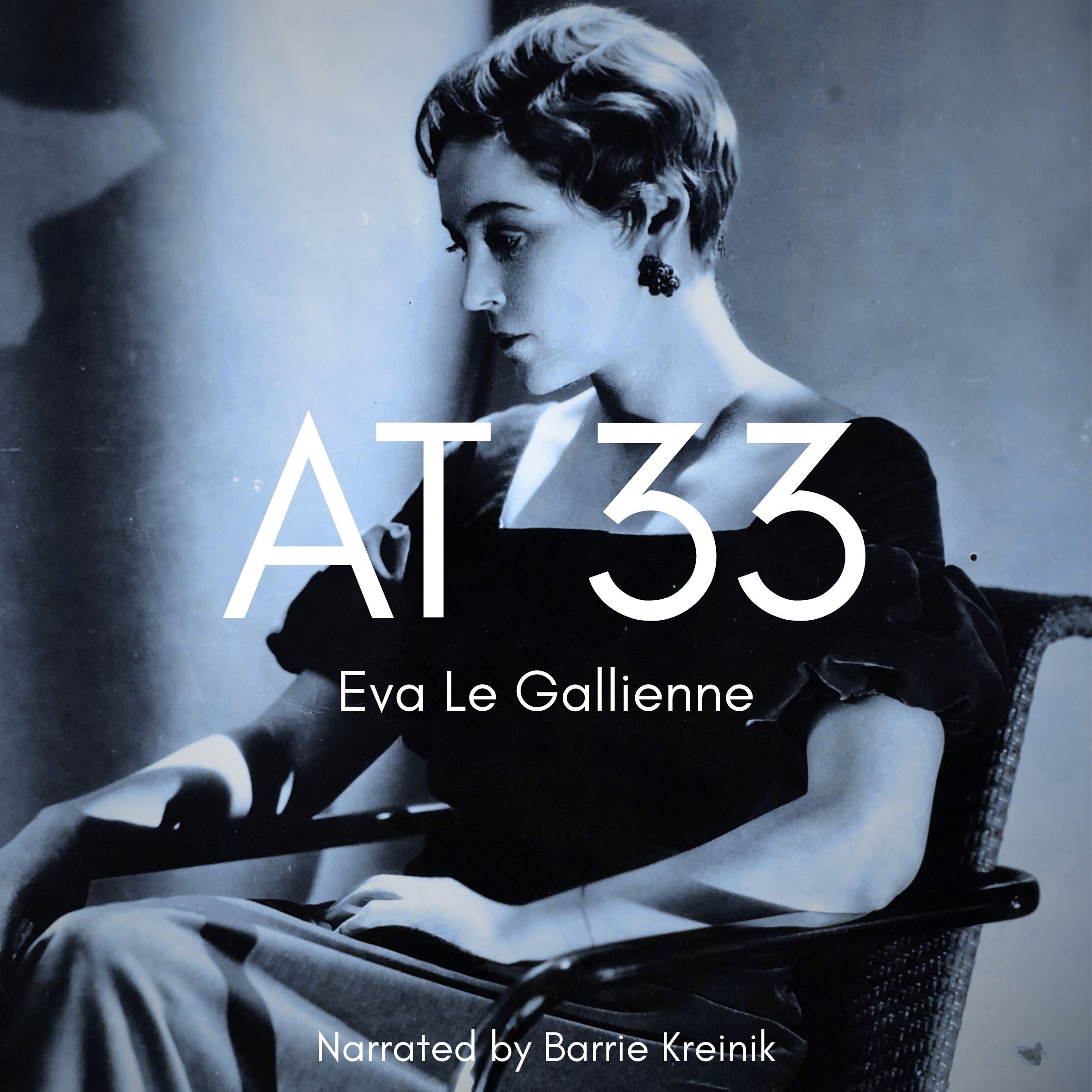Argentina 1
Listen to Argentina 1, a woman in her 20s from Buenos Aires, Argentina. Click or tap the triangle-shaped play button to hear the subject.
Both as a courtesy and to comply with copyright law, please remember to credit IDEA for direct or indirect use of samples. IDEA is a free resource; please consider supporting us.
BIOGRAPHICAL INFORMATION
AGE: 20s
DATE OF BIRTH (DD/MM/YYYY): 1970s
PLACE OF BIRTH: Buenos Aires, Argentina
GENDER: female
ETHNICITY: Argentinian (exact ethnicity unknown)
OCCUPATION: student
EDUCATION: college degree, graduate studies
AREA(S) OF RESIDENCE OUTSIDE REPRESENTATIVE REGION FOR LONGER THAN SIX MONTHS:
At the time of the interview, the subject had been living in the United States for three years.
OTHER INFLUENCES ON SPEECH:
The subject has traveled throughout Europe for extended periods of time. She learned English in Argentina at a school founded by Scots, and then studied English in high school with teachers from Canada and England. As an exchange student, she lived in Baltimore, Maryland, in the United States, for three months. At the time of the interview, she was living and studying at the University of Kansas, in the United States.
The text used in our recordings of scripted speech can be found by clicking here.
RECORDED BY: Paul Meier
DATE OF RECORDING (DD/MM/YYYY): 1999
PHONETIC TRANSCRIPTION OF SCRIPTED SPEECH: N/A
TRANSCRIBED BY: N/A
DATE OF TRANSCRIPTION (DD/MM/YYYY): N/A
ORTHOGRAPHIC TRANSCRIPTION OF UNSCRIPTED SPEECH:
I was born in Buenos Aires, Argentina, and I lived there most of my life and went to school there and went to the university there. Most of my friends are there. I lived in other places. I’ve lived in southern Argentina for some time (em) close to the mountains, and the border to Chile — and the border with Chile, (um) which is a very, very beautiful la– area, an’ I would like to live there if I could, but I think I’ll live in Buenos Aires, just because all my friends, my family are there. I learnt English in Buenos Aires, in a school that was founded by Scottish people, so mos’ of my teacher were Scots (uh) for a while. An’ then, like in high school, it was more mixed. Th’ were some people that studied in Canada, and some Scottish people, and one or two Brits, and some Argentinians that have learned English in different places. I came to the U.S. when I was 16 as a foreign exchange student, and I lived here for three months, in Baltimore, Maryland. Then, after I graduated from the university an’ I worked for like a year and a half or so, I took off for like three months and I traveled through Europe. So I spoke English with a lot of people from different places in the world (um), and I know my — my accent changed then. I don’t know what happened to it, but it did change. An’ then, I went back home and I worked some more for like another year an’ a half or so, an’ then I took off again. An’ I travelled for like five months, through Europe again, so, probably my accent changed. And then I came to the U.S., to Lawrence, Kansas, and I’ve been here for almost three years. I lived in Galicia, Spain, for a year. I hope I go back home soon.
TRANSCRIBED BY: Jacqueline Baker
DATE OF TRANSCRIPTION (DD/MM/YYYY): 24/07/2008
PHONETIC TRANSCRIPTION OF UNSCRIPTED SPEECH: N/A
TRANSCRIBED BY: N/A
DATE OF TRANSCRIPTION (DD/MM/YYYY): N/A
SCHOLARLY COMMENTARY:
If you are a dialect researcher, or an actor using this sample to develop your skill in the accent, please see my instruction manual at www.paulmeier.com. As the speaker in this sample is a unique individual, it is highly unlikely that she will conform to my analysis in every detail. But you will find it interesting and instructive to notice which of my “signature sounds” and “additional features” (always suggested only as commonly heard features of the accent) are widely used by most speakers of the accent, and which are subject to variation from individual to individual.
COMMENTARY BY: Paul Meier
DATE OF COMMENTARY (DD/MM/YYYY): 13/11/2016
The archive provides:
- Recordings of accent/dialect speakers from the region you select.
- Text of the speakers’ biographical details.
- Scholarly commentary and analysis in some cases.
- In most cases, an orthographic transcription of the speakers’ unscripted speech. In a small number of cases, you will also find a narrow phonetic transcription of the sample (see Phonetic Transcriptions for a complete list). The recordings average four minutes in length and feature both the reading of one of two standard passages, and some unscripted speech. The two passages are Comma Gets a Cure (currently our standard passage) and The Rainbow Passage (used in our earliest recordings).
For instructional materials or coaching in the accents and dialects represented here, please go to Other Dialect Services.
 IDEA: International Dialects of English Archive
IDEA: International Dialects of English Archive




